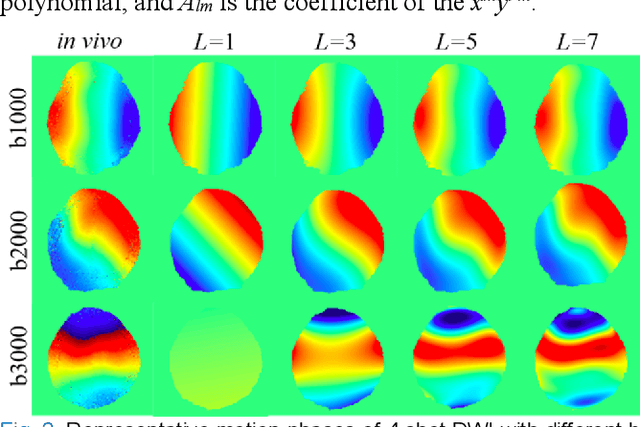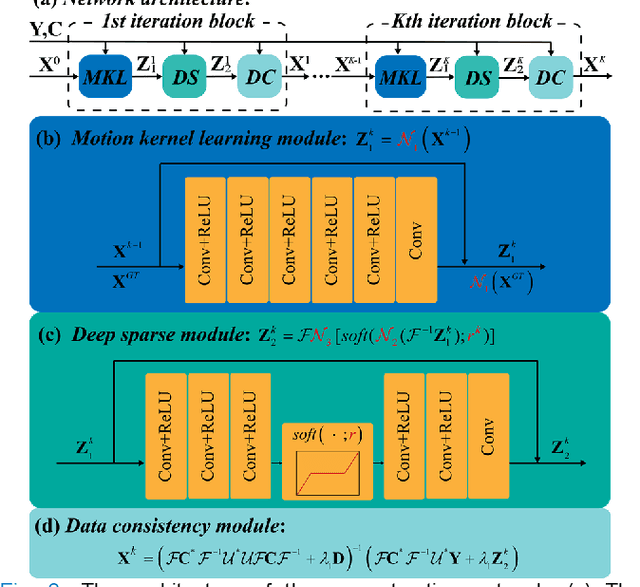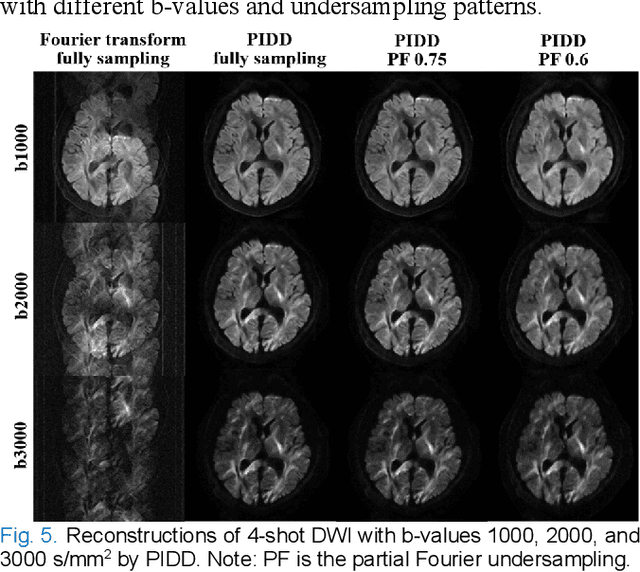Boyu Jiang
ScVLM: a Vision-Language Model for Driving Safety Critical Event Understanding
Oct 01, 2024Abstract:Accurately identifying, understanding, and describing driving safety-critical events (SCEs), including crashes and near-crashes, is crucial for traffic safety, automated driving systems, and advanced driver assistance systems research and application. As SCEs are rare events, most general Vision-Language Models (VLMs) have not been trained sufficiently to link SCE videos and narratives, which could lead to hallucination and missing key safety characteristics. To tackle these challenges, we propose ScVLM, a hybrid approach that combines supervised learning and contrastive learning to improve driving video understanding and event description rationality for VLMs. The proposed approach is trained on and evaluated by more than 8,600 SCEs from the Second Strategic Highway Research Program Naturalistic Driving Study dataset, the largest publicly accessible driving dataset with videos and SCE annotations. The results demonstrate the superiority of the proposed approach in generating contextually accurate event descriptions and mitigate hallucinations from VLMs.
SUPER: Seated Upper Body Pose Estimation using mmWave Radars
Jul 02, 2024Abstract:In industrial countries, adults spend a considerable amount of time sedentary each day at work, driving and during activities of daily living. Characterizing the seated upper body human poses using mmWave radars is an important, yet under-studied topic with many applications in human-machine interaction, transportation and road safety. In this work, we devise SUPER, a framework for seated upper body human pose estimation that utilizes dual-mmWave radars in close proximity. A novel masking algorithm is proposed to coherently fuse data from the radars to generate intensity and Doppler point clouds with complementary information for high-motion but small radar cross section areas (e.g., upper extremities) and low-motion but large RCS areas (e.g. torso). A lightweight neural network extracts both global and local features of upper body and output pose parameters for the Skinned Multi-Person Linear (SMPL) model. Extensive leave-one-subject-out experiments on various motion sequences from multiple subjects show that SUPER outperforms a state-of-the-art baseline method by 30 -- 184%. We also demonstrate its utility in a simple downstream task for hand-object interaction.
Pi-ViMo: Physiology-inspired Robust Vital Sign Monitoring using mmWave Radars
Mar 24, 2023Abstract:Continuous monitoring of human vital signs using non-contact mmWave radars is attractive due to their ability to penetrate garments and operate under different lighting conditions. Unfortunately, most prior research requires subjects to stay at a fixed distance from radar sensors and to remain still during monitoring. These restrictions limit the applications of radar vital sign monitoring in real life scenarios. In this paper, we address these limitations and present "Pi-ViMo", a non-contact Physiology-inspired Robust Vital Sign Monitoring system, using mmWave radars. We first derive a multi-scattering point model for the human body, and introduce a coherent combining of multiple scatterings to enhance the quality of estimated chest-wall movements. It enables vital sign estimations of subjects at any location in a radar's field of view. We then propose a template matching method to extract human vital signs by adopting physical models of respiration and cardiac activities. The proposed method is capable to separate respiration and heartbeat in the presence of micro-level random body movements (RBM) when a subject is at any location within the field of view of a radar. Experiments in a radar testbed show average respiration rate errors of 6% and heart rate errors of 11.9% for the stationary subjects and average errors of 13.5% for respiration rate and 13.6% for heart rate for subjects under different RBMs.
Physics-informed deep diffusion MRI reconstruction: break the bottleneck of training data in artificial intelligence
Oct 20, 2022


Abstract:In this work, we propose a Physics-Informed Deep Diffusion magnetic resonance imaging (DWI) reconstruction method (PIDD). PIDD contains two main components: The multi-shot DWI data synthesis and a deep learning reconstruction network. For data synthesis, we first mathematically analyze the motion during the multi-shot data acquisition and approach it by a simplified physical motion model. The motion model inspires a polynomial model for motion-induced phase synthesis. Then, lots of synthetic phases are combined with a few real data to generate a large amount of training data. For reconstruction network, we exploit the smoothness property of each shot image phase as learnable convolution kernels in the k-space and complementary sparsity in the image domain. Results on both synthetic and in vivo brain data show that, the proposed PIDD trained on synthetic data enables sub-second ultra-fast, high-quality, and robust reconstruction with different b-values and undersampling patterns.
A Paired Phase and Magnitude Reconstruction for Advanced Diffusion-Weighted Imaging
Mar 28, 2022



Abstract:Multi-shot interleaved echo planer imaging can obtain diffusion-weighted images (DWI) with high spatial resolution and low distortion, but suffers from ghost artifacts introduced by phase variations between shots. In this work, we aim at solving the challenging reconstructions under severe motions between shots and low signal-to-noise ratio. An explicit phase model with paired phase and magnitude priors is proposed to regularize the reconstruction (PAIR). The former prior is derived from the smoothness of the shot phase and enforced with low-rankness in the k-space domain. The latter explores similar edges among multi-b-value and multi-direction DWI with weighted total variation in the image domain. Extensive simulation and in vivo results show that PAIR can remove ghost image artifacts very well under the high number of shots (8 shots) and significantly suppress the noise under the ultra-high b-value (4000 s/mm2). The explicit phase model PAIR with complementary priors has a good performance on challenging reconstructions under severe motions between shots and low signal-to-noise ratio. PAIR has great potential in the advanced clinical DWI applications and brain function research.
 Add to Chrome
Add to Chrome Add to Firefox
Add to Firefox Add to Edge
Add to Edge